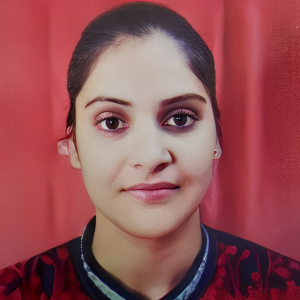Title : Assessment of genetic diversity and population structure of French bean accessions of Garhwal Himalayas by SSR markers and morpho-agronomic traits
Abstract:
The Himalayan region of India boasts a vast french bean diversity that remains unexplored. The use of molecular and agromorphological markers to obtain information on landrace could facilitate future breeding improvements. To assess genetic polymorphism and differentiation among 176 french bean accessions, ten qualitative, fifteen quantitative traits, and twenty SSR were utilized. The genotypic (43.87%) and phenotypic (46.06%) variance in the various parameters examined displayed less variation, indicating that the observed trait variation and expression are primarily due to genetic factors. The Principal Component Analysis was used to eliminate redundancy in the data set, revealing that all fifteen quantitative traits were loaded on five components. However, the first two components explained the majority of the variance (45.38%) in french bean germplasm. Molecular diversity among accessions was assessed using twenty microsatellite markers spread over eleven linkage groups, and two hundred ninety alleles were scored for the accessions studied. The Bayesian clustering model implemented in STRUCTURE software on the primary level (K=2) clearly indicated the presence of both Mesoamerican and Andean gene pool, with the Mesoamerican gene pool being predominant. The average allele/loci were 4.25 and 32.38 for Andean and Mesoamerican gene pools, respectively. The neighbor joining tree revealed duplicacy in germplasm. When the PCoA results were compared with geographical distribution, it indicated that the Andean gene pool belongs to higher altitudes. Moderate genetic diversity was recorded among the french bean accessions, and approximately twenty-one accessions showed agronomic superiority. The information generated in this study will play a significant role in future french bean breeding programs.
Keywords: French bean; Genetic diversity; SSR; Germplasm; Gene pool; Principle component analysis.


